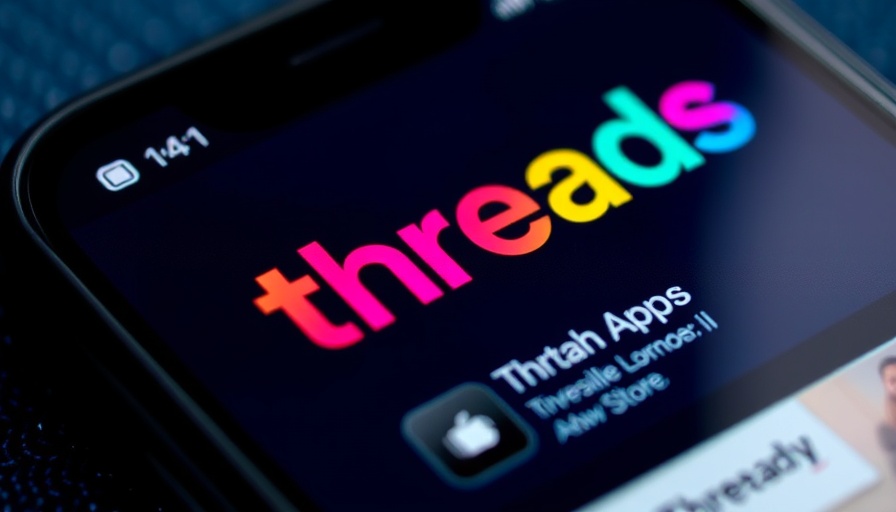
Getty Images Drops Major Copyright Claims Against Stability AI
In a pivotal moment for the future of artificial intelligence, Getty Images has officially dropped its key copyright infringement claims against Stability AI at London’s High Court. This decision is significant as it marks a change in one of the most closely watched legal battles surrounding the use of copyrighted content by AI companies. Although Getty is still pursuing other claims, including trademark infringement, this move highlights the contentious issues at the intersection of technology and copyright law.
Understanding the Drop in Claims
Getty initially filed a lawsuit against Stability AI in January 2023, claiming the company used millions of its copyrighted images to train its AI image generator, Stable Diffusion, without permission. The lawsuit contended that many generated images were strikingly similar to copyrighted works, some even containing Getty's watermarks. However, as of last Wednesday, these claims have been dropped, primarily due to weak evidence and a lack of knowledgeable witnesses from Stability AI, according to Getty’s legal representatives.
Ben Maling, a partner at the law firm EIP, explained that the decision likely reflects Getty’s realization that establishing a strong connection between Stability AI’s practices and UK copyright law would be challenging. This strategic retreat will allow Getty to concentrate on other allegations it believes are more likely to succeed in court.
The Remaining Legal Landscape
Although the core claims regarding copyright infringement have been withdrawn, Getty still maintains a case against Stability AI concerning secondary infringement. This argument suggests that the AI models themselves may infringe on copyright laws, raising questions about the legality of using such technology in jurisdictions like the UK. If a model outputs content that mimics copyrighted materials, it could be construed as importing infringing articles.
Wider Implications for AI and Copyright Law
This legal situation raises ongoing concerns about the rights of copyright holders and the future of generative AI technologies. As AI continues to evolve and be integrated into various industries, the lack of clear-cut legal frameworks poses risks to both creators and developers. Further developments in this case could set important precedents for how AI companies handle copyrighted content moving forward.
Parallel Cases and Their Impact
The case against Stability AI is not isolated; it comes amid a broader trend of challenges to AI technologies from content owners. Just a day prior to Getty’s announcement, a U.S. judge ruled in favor of Anthropic in a similar case regarding the use of books for AI training without author permission. Such legal outcomes may influence future cases and contribute to shaping the landscape where AI operates amidst copyright considerations.
What Lies Ahead for Technology and Copyright
The ongoing lawsuits invite further examination of the laws governing artistic works in this digital age. The introduction of generative AI complicates traditional notions of ownership and authorship, prompting questions about what constitutes copyright infringement when AI-generated content mimics human-created works.
As conversations about copyright, technology, and AI continue, the implementation of clearer guidelines and legal standards will be essential to protect creators while fostering innovation. Stakeholders from both sides must engage in this dialogue as emerging technologies redefine boundaries.
Conclusion: A Call for Clarity
As stakeholders in the creative and tech industries navigate these turbulent legal waters, it’s essential for them to stay informed. Understanding the implications of ongoing lawsuits and developments in AI copyright law is crucial for protecting intellectual property rights and ensuring the ethical use of technology. With the rapidly evolving nature of these technologies, continuous engagement and discourse are necessary to foster an environment where creativity and innovation can thrive simultaneously.
 Add Row
Add Row  Add
Add 



 Add Row
Add Row  Add
Add 

Write A Comment